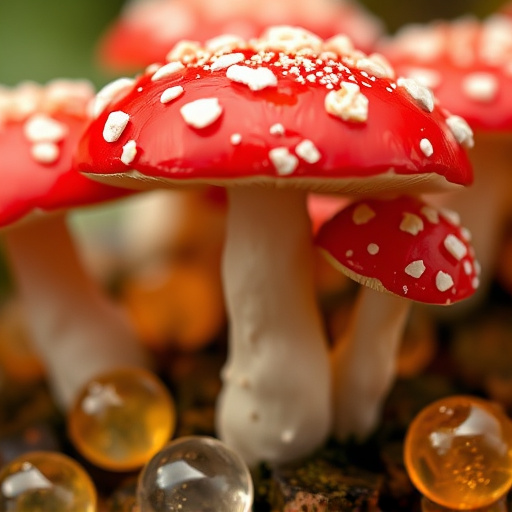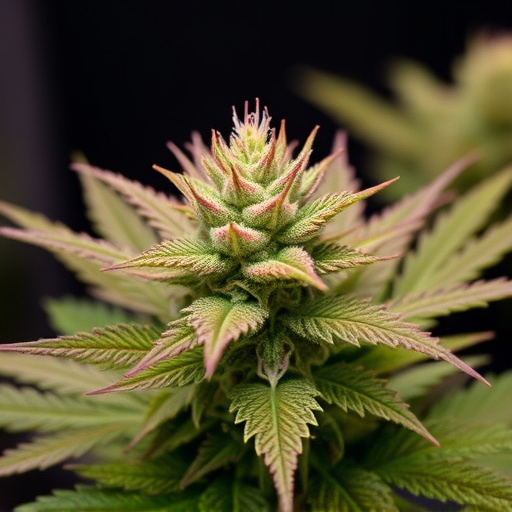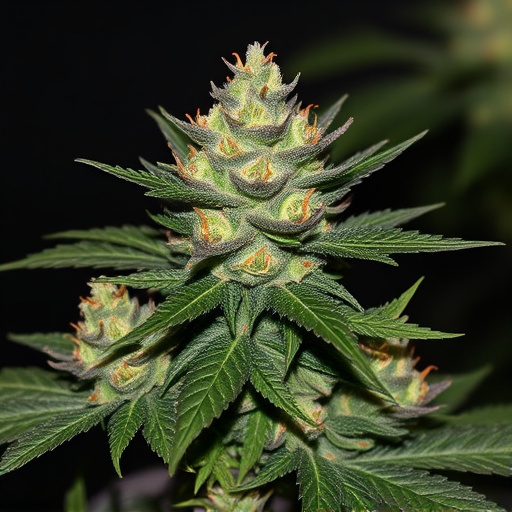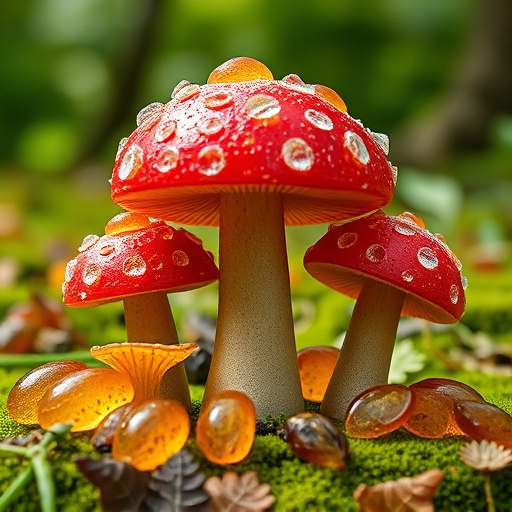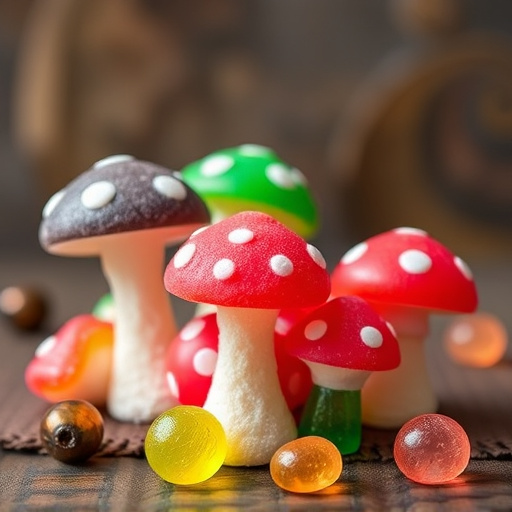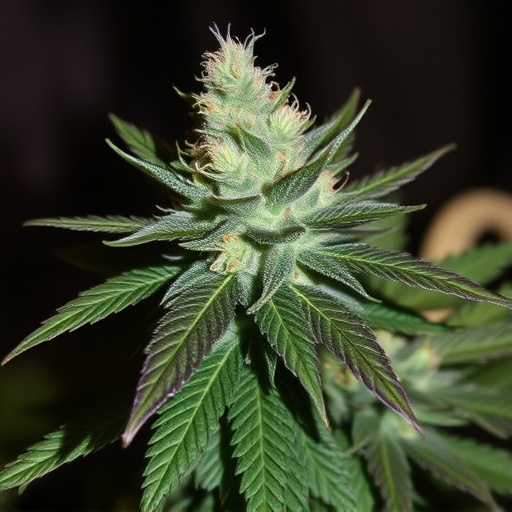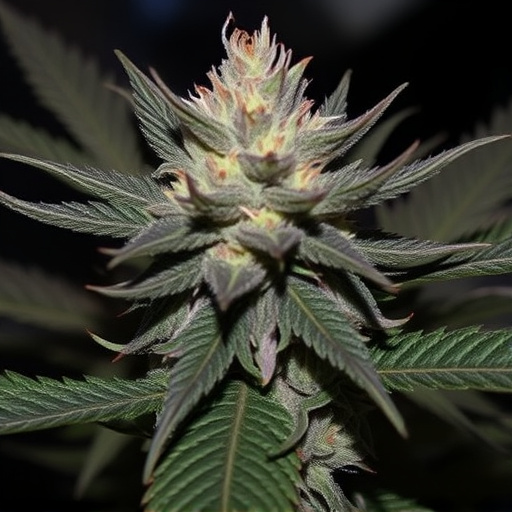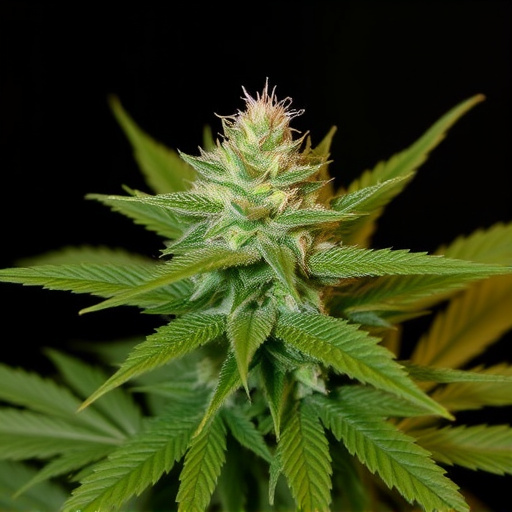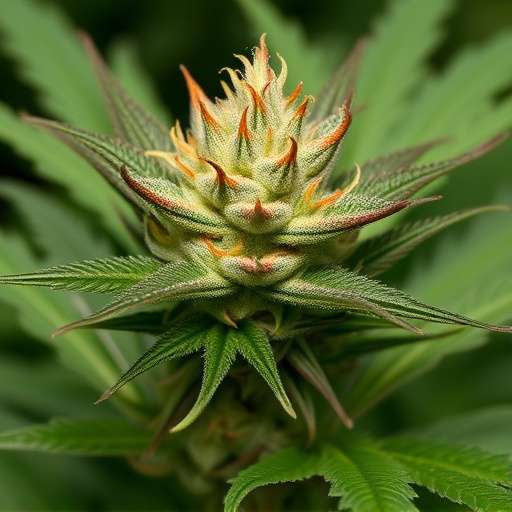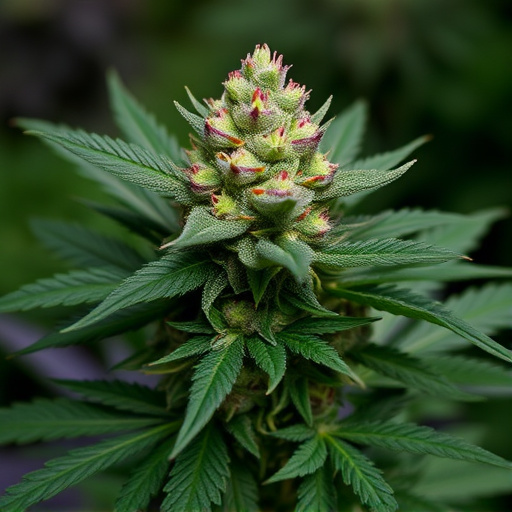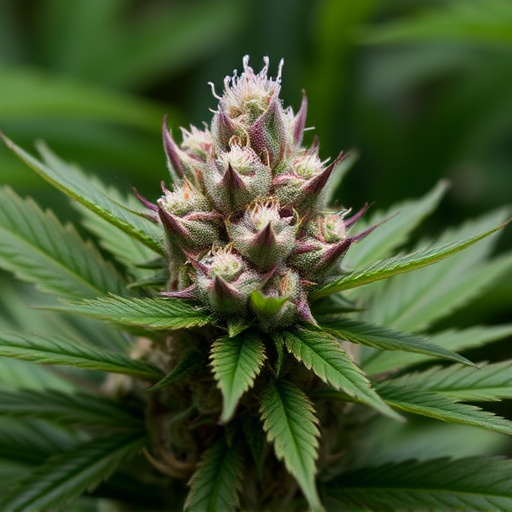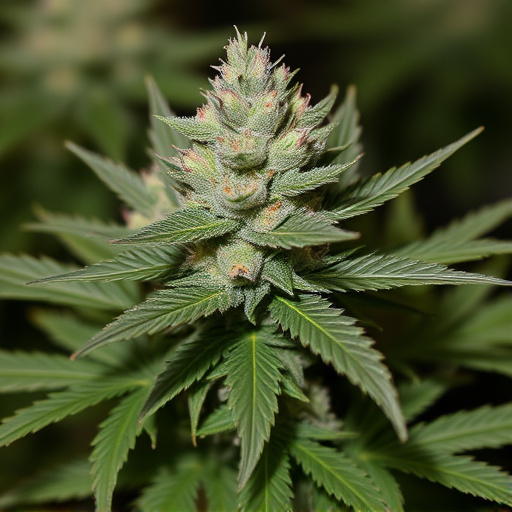The chemical makeup of cannabis, particularly terpenes and cannabinoids like THC and CBD, significantly determines its quality and effects. Researchers linked specific terpenes, such as myrcene and limonene, to certain experiences in the 2016 top ten cannabis strains. Cultivators focus on terpene diversity to create premium products catering to varied preferences in a competitive market. Terpene profiles influence aroma, flavor, and effects, with combinations modulating the physiological impacts of cannabinoids, offering diverse sensory experiences. Understanding these profiles is vital for cannabis enthusiasts seeking tailored effects from the popular 2016 top ten strains.
“Discovering the secrets behind ‘quality weed’ involves an intricate dance between science and cultivation art. This article unravels the key factors that set apart superior cannabis, from chemical composition to cultivation practices.
We delve into the significance of cannabinoids and terpenes as the cornerstones of quality, exploring their impact on aroma, flavor, and effects. Furthermore, we examine the influence of environment, cultivation methods, harvesting techniques, and post-harvest handling, drawing insights from the top ten cannabis strains of 2016 and beyond.”
- Chemical Composition & Terpenes
- – The role of cannabinoids (THC, CBD) and terpenes in defining quality
- – How terpene profiles affect aroma, flavor, and effects
Chemical Composition & Terpenes
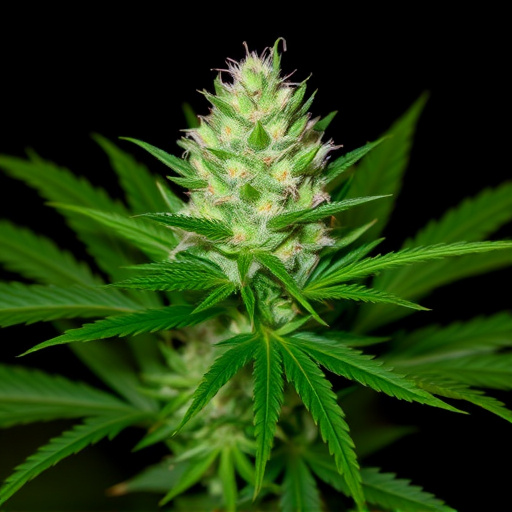
The chemical composition of cannabis, particularly the presence and balance of terpenes, plays a pivotal role in determining its quality and unique properties. Terpenes are aromatic compounds that contribute to the distinctive flavors and smells associated with different strains. In 2016, when considering the top ten cannabis strains, researchers and enthusiasts noted that specific terpenes were often linked to particular effects and experiences. For instance, myrcene is known for its earthy, musky aroma and has been associated with inducing relaxation and sleepiness. Limonene, with its citrusy notes, is believed to uplift moods and promote focus.
The interaction between various terpenes and cannabinoids (like THC and CBD) further enhances the overall quality and appeal of cannabis. Strains that possess a diverse range of terpenes often offer more nuanced experiences, catering to different preferences. Understanding this chemical interplay has become essential for cultivators aiming to create premium products, ensuring that each strain lives up to its reputation in the competitive market, as evidenced by the growing interest in the top ten cannabis strains of 2016 and beyond.
– The role of cannabinoids (THC, CBD) and terpenes in defining quality

Cannabinoids, particularly tetrahydrocannabinol (THC) and cannabidiol (CBD), play a pivotal role in defining the quality and appeal of cannabis to consumers. THC is renowned for its psychoactive effects, contributing to the “high” associated with marijuana use. However, it’s not just about getting high; different levels of THC can significantly alter the overall experience, offering a range from invigorating to relaxing effects. On the other hand, CBD has gained immense popularity due to its potential therapeutic benefits. It doesn’t produce any psychoactive effects but is linked to reducing anxiety, inflammation, and pain, making it a favorite among users seeking medicinal properties.
Terpenes, aromatic compounds found in cannabis, are another critical factor in determining quality. These volatile oils not only give cannabis its distinct smells and flavors but also interact with cannabinoids, influencing their effects. For instance, myrcene, a common terpene, is known for its sedative qualities, while limonene boosts mood and energy. The combination of specific terpenes and cannabinoids contributed to the popularity of certain cannabis strains in recent years, with the top ten cannabis strains of 2016 reflecting this balance of desired effects and aromatic profiles.
– How terpene profiles affect aroma, flavor, and effects

Terpene profiles play a significant role in shaping the unique aroma, flavor, and effects associated with different cannabis strains. These aromatic compounds, produced by the plant, not only contribute to the distinct scent but also interact with cannabinoids like THC and CBD to enhance or alter their physiological impacts. Studies have shown that specific terpenes can influence mood, cognition, and even pain perception. For instance, myrcene, a common terpene in many top ten cannabis strains of 2016, is known for its earthy, musky scent and potential calming effects, making it popular among users seeking relaxation without intense euphoria. Meanwhile, limonene, with its bright citrus notes, has been linked to uplifting effects, providing a refreshing twist to the typical cannabis experience.
The interplay between terpenes and cannabinoids creates a complex sensory journey. Certain terpenes can amplify THC’s psychoactive properties, while others may counteract potential negative effects, leading to more enjoyable and varied experiences. As such, understanding terpene profiles is essential for cannabis enthusiasts seeking specific effects or exploring the diverse world of 2016’s top ten strains, each offering a unique combination of these aromatic elements.
In conclusion, understanding the intricate factors that influence weed quality is key to discerning exceptional cannabis. From the chemical composition, including the balance of cannabinoids like THC and CBD, to the diverse terpene profiles that offer a symphony of aromas and effects, each strain contributes to a unique experience. By exploring these components, cultivators can create top-tier cannabis, as evidenced by the popularity of the top ten cannabis strains in 2016. Recognizing the importance of these factors empowers consumers to make informed choices, ensuring they access the highest-quality products that cater to their preferences and needs.
